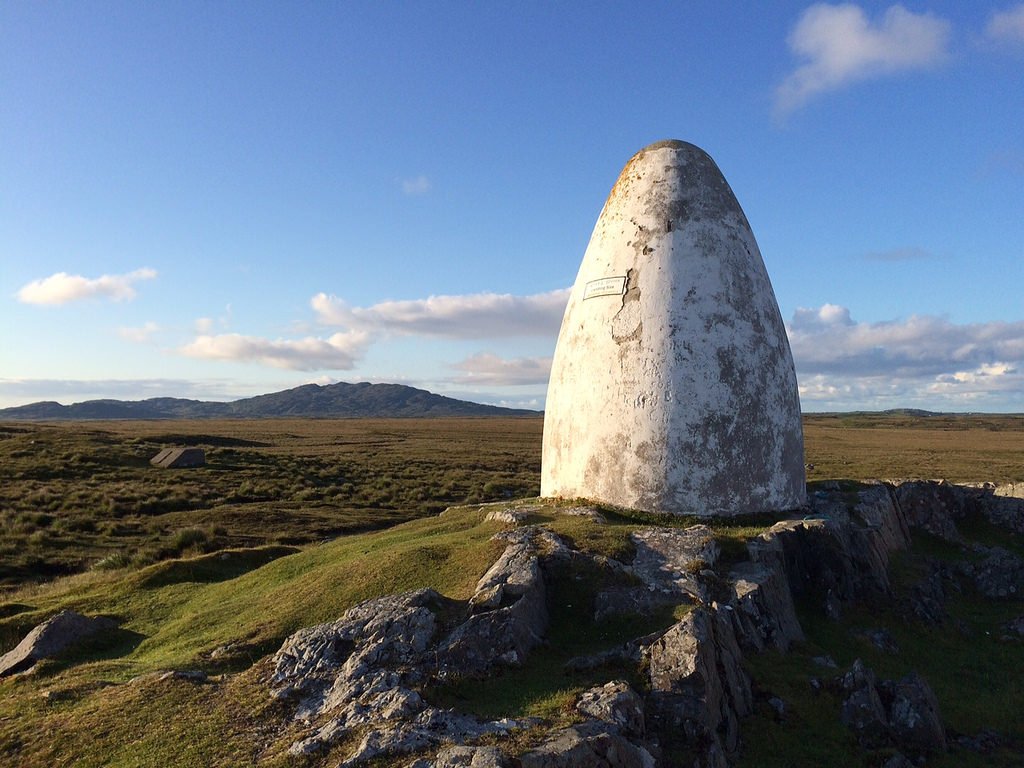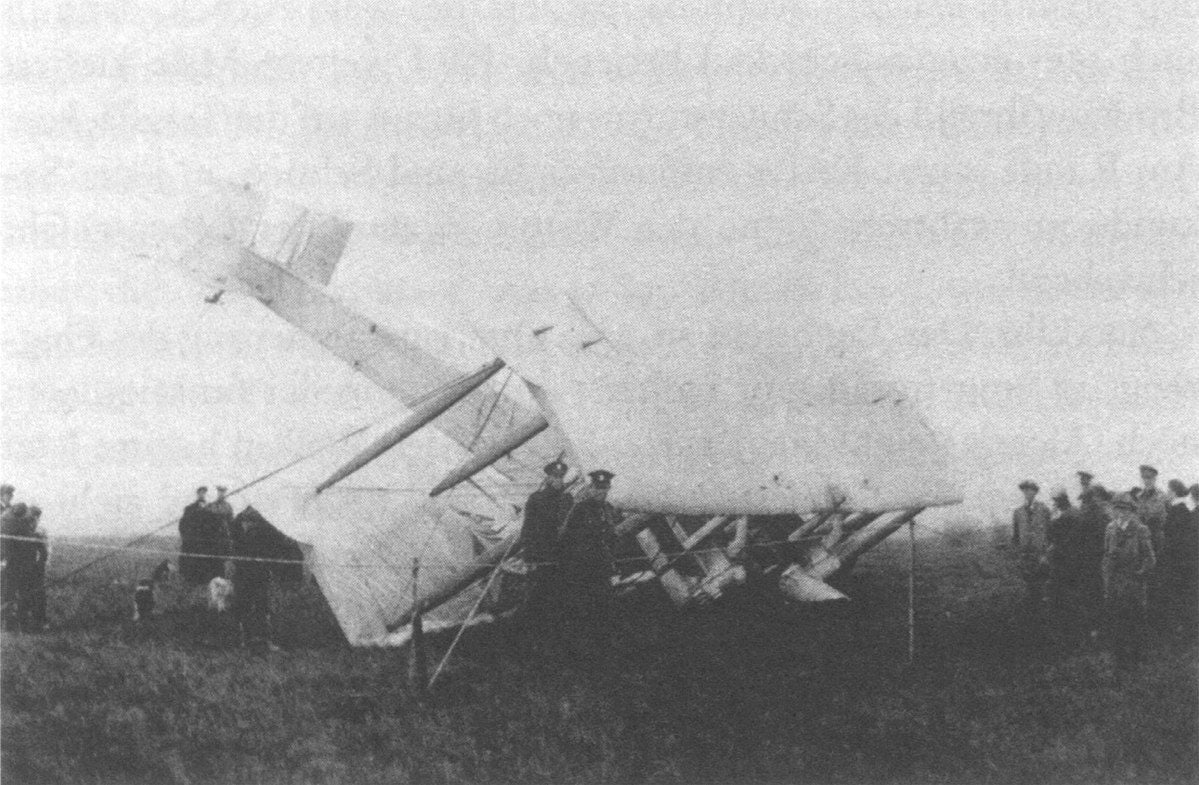Alcock and Brown Transatlantic Flight Silver Spitfire
Alcock & Brown visit

After 5 or 10 minutes drive, the Alcock and Brown landing site and Marconi radio station site are signposted on the left. There's a little carpark and then a 40-60 minute round trip walk across the bog (there's a path/boardwalk) to the actual site. Nice views. Or, a few metres after the signposts to the left, you can turn right and drive up the.
Alcock Brown Landing Site Photographer Gearóid Keane (Lif… Flickr

Aug 2019. Take the N341 south from Clifton towards Ballyconneely. After 5 or 10 minutes drive, the Alcock and Brown landing site and Marconi radio station site are signposted on the left. There's a little carpark and then a 40-60 minute round trip walk across the bog (there's a path/boardwalk) to the actual site.
Alcock & Brown Landing Site Alcock & Brown Flight Connemara Clifden

Shaped like the tail of a plane, the Alcock and Brown memorial is north of the landing site. Smb1001 (CC BY-SA 3.0) The cairn sits on the spot of Marconi's first transatlantic wireless station.
About Alcock & Brown Alcock & Brown Hotel

Alcock was killed on 18 December 1919 when he crashed near Rouen whilst flying the new Vickers Viking amphibian to the Paris Airshow.Brown died on 4 October 1948. Landing site, County Galway. Two memorials commemorating the flight are sited near the landing spot in County Galway, Ireland.
Me & Alcock & Brown Landing Site Sign, Galway Me & Alcock … Flickr

Take the N341 south from Clifton towards Ballyconneely. After 5 or 10 minutes drive, the Alcock and Brown landing site and Marconi radio station site are signposted on the left. There's a little carpark and then a 40-60 minute round trip walk across the bog (there's a path/boardwalk) to the actual site. Nice views.
La tourbière de Derrygimlagh Destination Balades

With Failte Ireland's assistance, a boardwalk was recently erected on the site of their famous landing. And for the 100th anniversary of the flight this year, centenary commemorations were held in Clifden, Co. Galway, to mark Alcock and Brown's pioneering journey from Newfoundland to all the way to Connemara.
Alcock & Brown Landing Site Alcock & Brown Flight Connemara Clifden

Top ways to experience Alcock and Brown Landing Site and nearby attractions. From Galway: Guided tour of Connemara with 3 hour stop at Connemara National Pk. From Galway: Aran Islands & Cliffs of Moher including Cliffs of Moher cruise. Visit traditional working sheep farm & sheepdog demo. Galway.
Alcock & Brown Hall Place & Gardens

John Alcock and Arthur Whitten Brown leave St. John's, Newfoundland, in their Vickers Vimy, bound for the other side of the Atlantic, on June 14, 1919. The real story of the first nonstop transatlantic flight is one that's surprisingly few people have heard. Like all great aviation stories, it is an adventure: in this case, an adventure that.
Le site d'atterrissage de la traversée de l'Atlantique par Alcock et Brown Clifden, Irlande

If you are interested in the history of aviation, you might want to visit the Alcock and Brown Memorial and Landing Site in Connemara, County Galway. This is where British aviators John Alcock and Arthur Brown made the first non-stop transatlantic flight in June 1919, a feat that changed the course of aviation history.
Alcock and Brown Landing Site Editorial Photo Image of clifden, brown 51545966

The first transatlantic flight was achieved in 1919 with the arrival of a Vickers-Vimy biplane behind the Marconi wireless station at Derrigimlagh, 4 kilometres south of Clifden. On-board were two British airmen, Captain John Alcock (pilot), and Lieutenant Arthur Whitten Brown (navigator). The aeroplane had taken off from Lester's Field in St.
Alcock & Brown Landing Site Alcock & Brown Flight Connemara Clifden

On May 18th, 1919, Hawker and his navigator Kenneth Mackenzie Grieve took to the air from close to Alcock and Brown's landing strip. But after more than 14 gruelling hours, Hawker's engine died.
Alcock & Brown Landing Site Alcock & Brown Flight Connemara Clifden

The Alcock and Brown Landing Site is a memorial site near Clifden in Connemara. It was here that British aviators Alcock and Brown made the first non-stop transatlantic flight in history! A feat hitherto unattainable! To mark the occasion, Ireland has erected a memorial in the shape of an aircraft tail: the Alcock and Brown Landing Site!.
The Alcock and Brown Landing Site Stock Image Image of ireland, land 82086705

The Aviators John Alcock and Arthur Brown made the first non-stop transatlantic flight in June 1919. They flew from St. Johns, Newfoundland to Clifden, Connemara, Co. Galway in a modified First World War Vickers Vimy bomber. As a result they won the Daily Mail prize of £10,000 for the first crossing of the Atlantic Ocean by aeroplane in less.
Irland Wild Atlantic Way mit Downpatrick Head, Alcock & Brown Landing Site, Clifden Castle

Feb 19, 2024 - The site where John Alcock and Arthur Brown landed following their historic cross-Atlantic flight in 1919.
Alcock & Brown's first transatlantic flight ended in Ireland

Alcock, 27, thought the 32-year-old Brown reserved but charming and, above all, reliable. To Brown, Alcock appeared nerveless and bubbling over with good humour. The perfect temperament for flying.
Alcock & Brown Landing Site Alcock & Brown Flight Connemara Clifden

Sir Arthur Whitten Brown, c.1912-19. Science Museum Group Collection. A self-taught navigator, Arthur Whitten Brown guided Alcock and their Vickers Vimy aircraft on the difficult, 1,880-mile journey across the Atlantic. Born in Glasgow in 1886, Brown moved to Manchester as a small boy with his American parents.